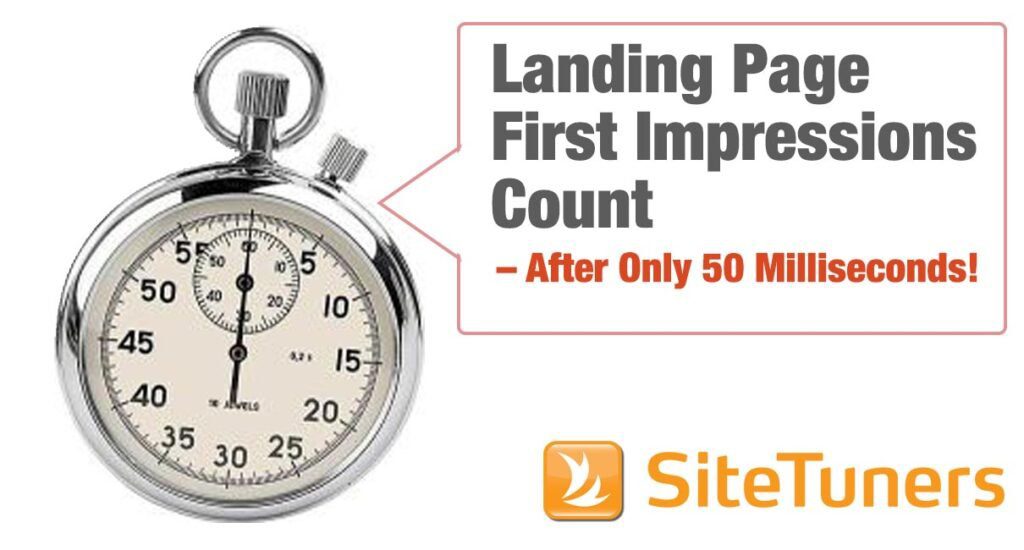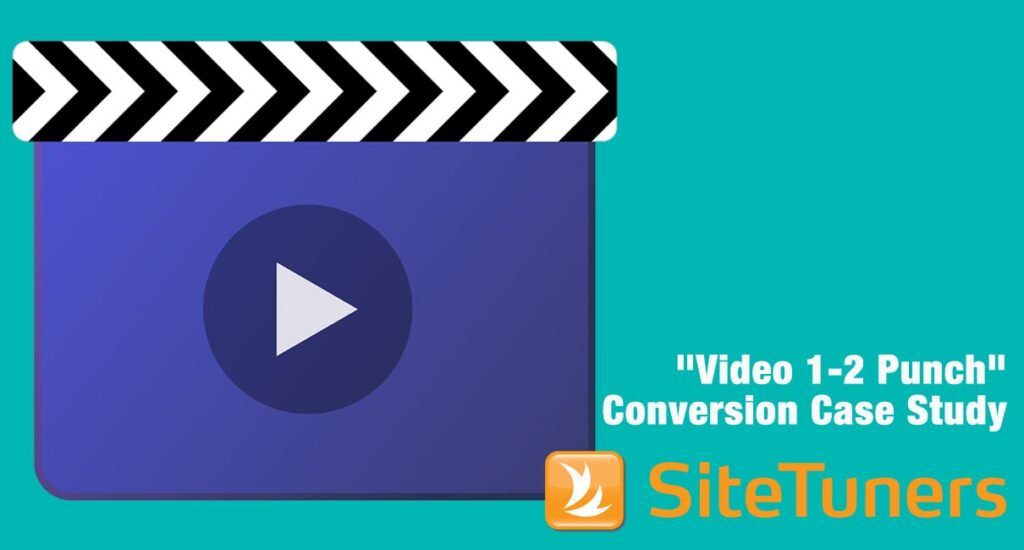Summary: Here’s what the experts have to say about the best website UX designs.
User experience matters, now more than ever. So we asked 9 of the most prominent experts in the user experience and conversion rate optimization space on their best website UX and CRO advice for businesses wanting to improve their desktop and mobile presence.
Here are what the experts had to say:
- Design based on users’ needs – Nick Babich
- Understand your users’ problems – Jared M. Spool
- Design for ease: Do usability test – Cory Lebson
- Don’t forget the basics: Performance and accessibility – Vitaly Friedman
- Simpler is better: Stop cluttering the screen – Neil Patel
- Create tailored online experiences – Lance Loveday
- Use technological features for engagement – Larry Kim
- Humanize for the best website UX – Martin Greif
- Stop cutting corners on UX – Larry Marine

With Google’s core web vitals update, websites with good user experience will be rewarded with better search rankings. You can no longer afford to neglect UX if you want more web traffic and to rank higher in search results. User experience now counts in your search engine optimization. Having the best website UX also leads to increased conversions.
Design based on users’ needs
Why do most websites suck? The answer is often pretty simple. Most sites are usually designed from the perspective of the business. As such, they’re heavily skewed towards the business goals, with the user needs and goals as an afterthought.
If you want to set your online experience up for the best website UX success, UX expert Nick Babich’s advice should get you on the right path:

“Know your users’ real needs. All too often we build products based on what we think is important to our users, and not what they think is important. Plus, we often use ‘wants’ and ‘needs’ interchangeably but those are two different areas.”
Nick Babich is a user experience (UX) specialist and the editor-in-chief of UX Planet – that very popular hub of all things UX on Medium. He also works as an Automation Lead at a computer software company, RingCentral.
Understand your users’ problems
Now, user needs are often problems that need solving. There are a lot of those so how do you know which one to prioritize?
User experience thought leader Jared Spool offers the following advice for the best website UX:
“Spend time truly getting to know the problems that prevent your users from being successful. Spend time watching and learning from them. However much time you’ve spent over the last year watching people use your website, double it for next year. (And double it again the year after that.) The minimum should be 2 hours every 6 weeks, for each person on your team. But that’s just the minimum. This is the most important single thing any business leader could make happen. (I wrote an article about it)”

Jared M. Spool is a Maker of Awesomeness at Center Centre – UIE. Center Centre is the school he started with Leslie Jensen-Inman to create industry-ready User Experience Designers. UIE is Center Centre’s professional development arm, dedicated to understanding what it takes for organizations to produce competitively great products and services.
In the 43 years he’s been in the tech field, he’s worked with hundreds of organizations, written two books, published hundreds of articles and podcasts, and tours the world speaking to audiences everywhere. When he can, he does his laundry in Andover, Massachusetts.
Design for ease: Do usability tests
The biggest nemesis of user experience are frustrating and difficult interfaces. You have to make an effort to design for ease of use. Ease of use is critical in the best website UX designs.
UX expert Cory Lebson reminds digital marketers and website owners to do usability tests:
“Take usability testing seriously and make an effort to test whenever you are making significant changes or creating new resources . Carefully recruit the right users with a very tightly defined screener and incentivize those participants properly for their time. Your test plan should reflect actual usability testing goals and isn’t unnecessarily muddled with other types of research objectives.”

Cory Lebson has been a user experience consultant for over 20 years and is the Principal and Owner of Lebsontech LLC. Lebsontech focuses on user research and evaluation, user experience strategy and UX training.
Cory is the author of The UX Careers Handbook and is a LinkedIn Learning instructor. He also speaks frequently, has been featured on the radio and has also published a number of articles in a variety of publications. Cory has an MBA in marketing and technology management, as well as an MA in sociology and a BS in psychology. He is a past president of the User Experience Professionals Association (UXPA) International and is also a past president of the UXPA DC Chapter.
Don’t forget the basics: Performance and accessibility
A lot of businesses are guilty of equating good user experience with trendiness. But this isn’t always the case.
User experience leader Vitaly Friedman advises to use caution when adding bells and whistles to your website:

“Focus on performance and accessibility. Many online experiences these days focus on fancy and trendy highlights, parallax, transitions and animations, but I see it in every usability test over and over and over again — if a website isn’t fast enough, and if it’s not accessible, people leave. It’s that simple. Focus on performance and accessibility first, and everything else has to come in later.”
Vitaly Friedman is the editor-in-chief and co-founder of SmashingMagazine.com, a quality publication for professional Web designers and developers. When he is not writing or speaking at a conference, he’s most probably solving complex UX, front-end, eCommerce UX and web performance problems in small and large organizations.
Simpler is better: Stop cluttering the screen
Clutter is a common mistake we see on both desktop and mobile channels. But when it comes to building great website UX, less is more.
CRO expert Neil Patel offers the following advice for best website UX:
“The easiest way to improve your mobile and desktop experience is to fit less on a screen.
Everyone is trying to cram in more within the screen. From text to images to call to actions.
You can only fit so much. And if you cram too much, it can be overwhelming. So, think about what you really need and don’t. Remove unnecessary elements and unnecessary steps. By keeping things simple, you’ll do better.”

Neil Patel is the co-founder of NPDigital. The Wall Street Journal calls him a top influencer on the web, Forbes says he is one of the top 10 marketers, and Entrepreneur Magazine says he created one of the 100 most brilliant companies. Neil is a New York Times bestselling author and was recognized as a top 100 entrepreneur under the age of 30 by President Obama and a top 100 entrepreneur under the age of 35 by the United Nations.
Create tailored online experiences
A lot of businesses think that having a responsive website is already enough to ensure a seamless transition to mobile.
But UX expert Lance Loveday points out that simply duplicating your desktop experience on mobile isn’t necessarily a good idea:
“You don’t have to settle for having the same experience on both!
In fact, it’s not just OK to have a different experience on mobile vs. desktop. IT’S BETTER to have a different experience on mobile vs. desktop.
Those long scrolling pages with gorgeous background photos for all 12 content modules that look so good on desktop… don’t look so good on mobile. In fact, the effect is almost completely unnoticeable. Not only that, but it takes FOREVER to load. And your CTA’s are buried. And it takes 3.5 minutes and a sore thumb to scroll through it all. No one but you and your mom will have the patience and fortitude to do that.
So please, for the love of God and out of respect for thumbs everywhere, be more thoughtful about your mobile experience. Be willing to ruthlessly cut down the number of content modules on each page, cut the text down by 2/3, use cleaner lighter backgrounds, keep those CTA’s visible and device-appropriate and user-friendly (click-to-call, text me a link to finish this later), keep forms as short as possible, and just say no when others ask to add more modules.
Yes, it’s a bit more work. But the upshot is you’ll have a chance of doing business with millions more people.”

Lance Loveday founded Closed Loop in 2001 and has been the CEO ever since. He loves helping high-growth companies realize massive profit through online advertising on Google AdWords, Facebook, programmatic display and other channels.
Closed Loop has worked with numerous high-growth brands and managed over $1B in digital ad spend for their clients. Lance is also a mentor for 500startups, a 3X founder and bootstrapped Closed Loop to over $5M in ARR. His educational background includes an exploratory tour of law school, preceded by a BS in Managerial Economics from UC Davis. Lance, his wife Courtney, and their three children live in Northern California, where he enjoys reading and cycling. Luckily, he has no current plans to abandon Closed Loop in hopes of winning the Tour de France.
Use technological features for engagement
Today’s users have higher expectations when it comes to responsiveness. They expect businesses to quickly respond when they have questions, issues, and concerns. It would be a missed opportunity for businesses not to take advantage of existing technology for engaging and conversing with online visitors.
For instance, according to conversion expert Larry Kim:
“2021’s answer to world-class customer experience on mobile and desktop is website chat. Live+automated website chat offers visitors fast instant answers in an engaging, interactive interface.
Visitors get what they need, whether it’s answers to FAQs, pre-or post-sales support, or value-rich resources and marketing materials. Plus time-on-page goes up with engagement. And live chat conversion rate is higher than page sessions.”

Larry Kim is the founder and VP of Marketing of MobileMonkey, a chatbot marketing platform for marketing and customer support on Facebook Messenger, Web Chat, and SMS.
He’s been named Search Marketer of the Year from PPC Hero (2013, 2014, 2015, and 2017), Search Engine Land, and the US Search Awards. He also won special recognition from the United States Senate & House of Representatives for his work in creating jobs in the Boston economy. Larry ranks as the 8th most popular author on Medium. He’s a contributor to CNBC and Inc. Magazine.
Humanize for the best website UX
Businesses and the digital marketers working for them often forget that user experience is also about building a relationship with visitors.
Online users are human beings. They’re not just numbers or analytic points. A key aspect of relationship-building with your potential customers is to try as much to be helpful.
Here is conversion rate optimization expert Martin Greif’s advice:

“To improve website user experience, you need to be attuned to the human motivations and desires that drive online behavior. Find out what’s important to your visitors as they accomplish tasks throughout the stages of the customer journey. Make sure that your site or page content has the right things at the right time for your online visitors. This is their journey and your role as a business is to help them get to their final conversion goals.“
Martin Greif is a conversion rate optimization expert, author, speaker, entrepreneur, senior executive, team leader and the kind of guy who likes to see everyone win. He is the author of True Connections: Relationship Marketing in the Digital World.
Martin brings more than 25 years of sales and marketing experience to SiteTuners, where he is responsible for driving revenue growth, establishing and nurturing partner relationships, and creating value for SiteTuners’ broad customer base.
Stop cutting corners on UX
Last but not least, user experience is a critical aspect of your business. More and more businesses are migrating online. This means growing competition and performance pressures. That should be compelling reason enough to devote more attention and resources to your online user experience.
As UX expert Larry Marine notes:
“Market performance has proven that UX maturity is a dominate factor in gaining and sustaining a competitive advantage. No longer is it just enough to keep up with the pack. You have to embrace UX as a key component of product design in order to remain competitive. Cutting corners on UX is cutting corners on your competitiveness. It’s that simple.”

Larry Marine is UX Research and Design Consultant at Intuitive Design. He has been involved in usability and user-experience design since 1990 and has written many articles for various trade publications over the years.
He recently co-authored a chapter in the new PDMA ToolBook 3 with Dr. Chad McAllister. The chapter describes Larry’s renowned process that objectively quantifies new product opportunities and aligns the business and user needs to provide a product that meets or exceeds the business objectives while also serving the needs of the target market.
Subscribe to the SiteTuners Weekly Email
Grow Your Business
Exponentially with Proven
Conversion Rate
Optimization Expertise.


